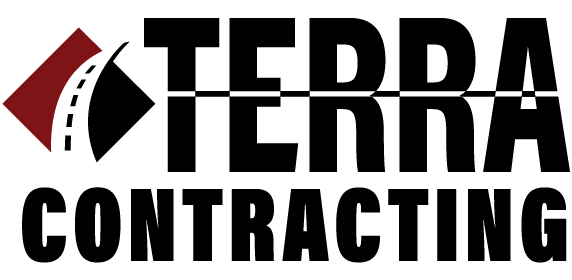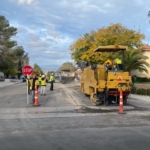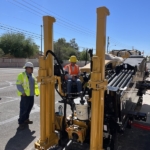The high demand for data is driving a global fiber optic boom. As the internet becomes the backbone of today’s society, underground utility contractors play a vital role in laying the foundation for this digital revolution. Long-haul fiber installation, the process of deploying fiber optic cables over vast distances, usually connecting one city to another, presents exciting opportunities for Terra Contracting.
Long-haul fiber installation refers to deploying fiber optic cables over distances exceeding 60 miles. These cables, made of thin strands of glass, carry data at incredible speeds and with minimal latency, making them the ideal medium for high-bandwidth applications like cloud computing and streaming services.
The Advantages of Underground Installation
While overhead routes exist, underground installation offers several advantages for long-haul fiber:
- Durability: The cables are buried underground, protecting them from environmental factors including wind, snow, and extreme temperatures. This ensures long-term reliability.
- Security: Underground infrastructure is less susceptible to physical damage or tampering.
- Aesthetics: Underground installation minimizes visual clutter and preserves the surrounding landscape.
The Toolbox of an Underground Fiber Contractor
To successfully navigate the complexities of long-haul underground fiber installation, contractors rely on a specialized arsenal of tools and techniques:
- Directional Drilling: This trenchless method uses a drill to bore underground, minimizing surface disruption and environmental impact.
- Horizontal Auger Boring: A process similar to directional drilling, but for shorter distances and smaller diameter conduits.
- Open-Cut Trenching: The traditional method, suitable for certain terrains and situations where existing infrastructure needs to be accessed.
- Pneumatic Pulling: A method that utilizes compressed air to blow fiber optic cables through pre-installed conduits.
- Fusion Splicing: A delicate process that permanently joins individual fiber strands, ensuring seamless signal transmission.
Challenges and Considerations
Long-haul underground fiber installation demands careful planning and execution. Key challenges include:
- Permits and Regulations: Navigating a complex web of local, state, and federal regulations governing excavation and utility placement.
- Environmental Impact: Minimizing disturbance to sensitive ecosystems and waterways.
- Existing Infrastructure: Coordinating with other utilities to avoid accidental damage and ensure safe co-existence with other underground utilities.
- Logistics and Coordination: Managing large equipment, materials, and manpower across long distances.
The Future of Long-Haul Fiber
Long-haul fiber installation has an extremely bright future with the continuous advancement of technology. The demand for fiber will continue growing and Terra Contracting will play a vital role in connecting communities and powering the digital age. For more than 30 years, Terra Contracting has been at the forefront of embracing innovation and adopting sustainable practices. With the advancements in fiber, Terra Contracting will continue to be at the forefront of building the information highway of tomorrow. Contact us today regarding your fiber installation needs.


